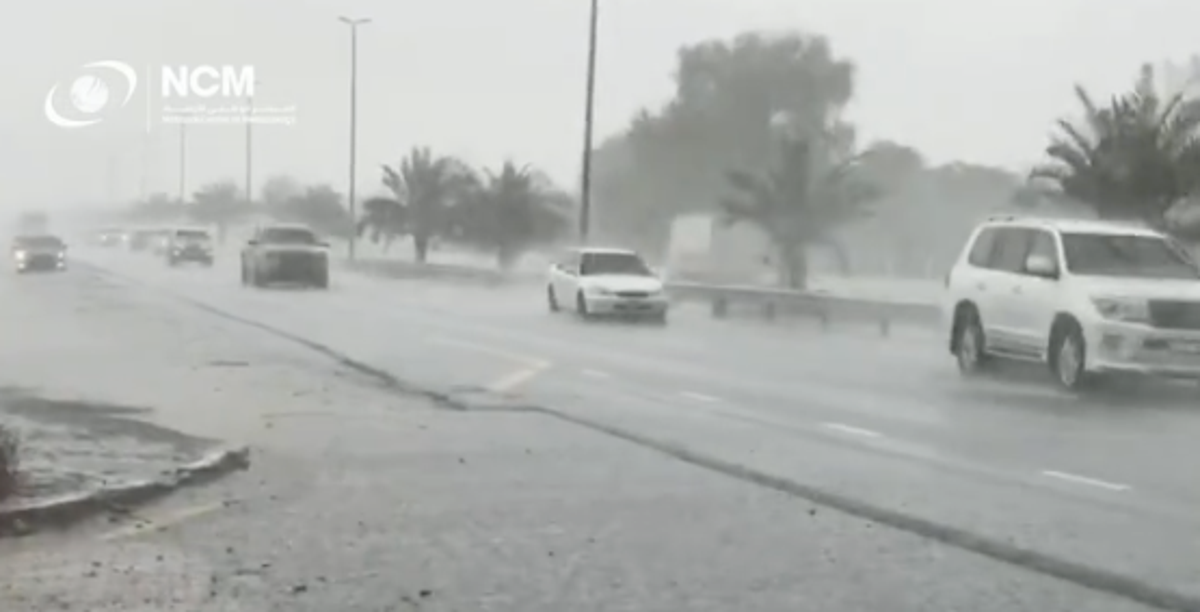
Microplastics Could Be Making the Weather Worse
WiredTHIS ARTICLE IS republished from The Conversation under a Creative Commons license. Clouds form when water vapor—an invisible gas in the atmosphere—sticks to tiny floating particles, such as dust, and turns into liquid water droplets or ice crystals. In a newly published study, we show that microplastic particles can have the same effects, producing ice crystals at temperatures 5 to 10 degrees Celsius warmer than droplets without microplastics. Clouds in the atmosphere can be made up of liquid water droplets, ice particles or a mixture of the two. In clouds in the mid- to upper atmosphere where temperatures are between 32 and –36 degrees Fahrenheit, ice crystals normally form around mineral dust particles from dry soils or biological particles, such as pollen or bacteria.
History of this topic
Microplastics promote cloud formation, with likely effects on weather and climate
The HinduJapanese scientists find microplastics are present in clouds
The Hindu
Japanese scientists find microplastics are present in clouds
Al Jazeera
What is plastic rain? All you need to know
India TodayDiscover Related
















)


)
)
)
)
)

